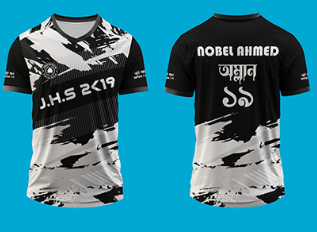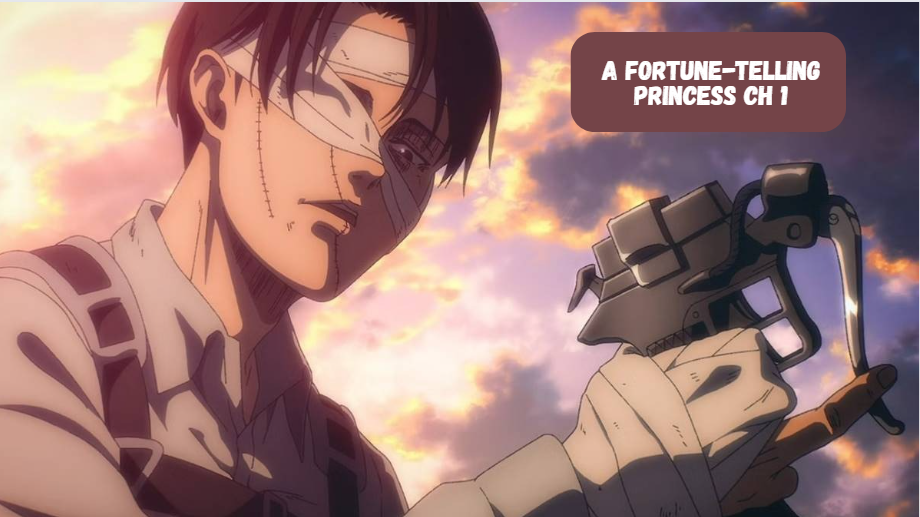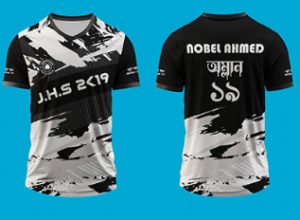Unsuccessful Draft Pick: An In-Depth Exploration
Contents
- 1 Introduction to Unsuccessful Draft Picks
- 2 The Anatomy of a Draft Pick
- 3 Notable Unsuccessful Draft Picks in History
- 4 Factors Contributing to Unsuccessful Draft Picks
- 5 The Impact of Unsuccessful Draft Picks on Teams
- 6 Strategies to Mitigate the Risk of Unsuccessful Draft Picks
- 7 Case Studies: Overcoming the Odds
- 8 Lessons Learned from Unsuccessful Draft Picks
- 9 FAQs about Unsuccessful Draft Picks
- 10 Conclusion
Introduction to Unsuccessful Draft Picks
In the high-stakes world of professional sports, the draft is a pivotal event that can make or break a team’s future. However, not every selection pans out as expected.
An “unsuccessful draft pick” refers to a player chosen during the draft who fails to meet expectations, whether due to performance issues, injuries, or other factors.
This article delves into the nuances of unsuccessful draft picks, offering comprehensive insights, analyses, and interpretations beyond existing sources.
The Anatomy of a Draft Pick
Understanding the Draft Process
The draft process varies by sport but generally involves teams selecting eligible players in a predetermined order. This process is designed to distribute new talent fairly, giving weaker teams the opportunity to improve. However, predicting a player’s future performance is inherently risky, and even the most promising prospects can turn into unsuccessful draft picks.
Criteria for Selection
Teams consider various factors when selecting players, including physical attributes, performance statistics, psychological assessments, and interviews. Despite rigorous evaluation, many variables can affect a player’s transition to the professional level, contributing to the unpredictability of draft success.
Notable Unsuccessful Draft Picks in History
NFL: JaMarcus Russell
JaMarcus Russell, the first overall pick in the 2007 NFL Draft by the Oakland Raiders, is often cited as one of the most unsuccessful draft picks in NFL history. Despite his impressive college career at LSU, Russell struggled with performance issues, work ethic, and weight management, ultimately leading to his release from the Raiders after just three seasons.
NBA: Darko Miličić
Selected second overall in the 2003 NBA Draft by the Detroit Pistons, Darko Miličić is another notable example. Drafted ahead of future stars like Carmelo Anthony, Chris Bosh, and Dwyane Wade, Miličić failed to live up to expectations, averaging only 6 points per game over his career and never becoming a significant contributor.
MLB: Mark Appel
Mark Appel, the first overall pick in the 2013 MLB Draft by the Houston Astros, was expected to be a dominant pitcher. However, Appel struggled with injuries and performance inconsistencies, ultimately retiring in 2018 without ever reaching the major leagues, exemplifying an unsuccessful draft pick in baseball.
Factors Contributing to Unsuccessful Draft Picks
Injuries
Injuries are a major factor contributing to unsuccessful draft picks. Players who suffer significant injuries early in their careers may never fully recover or reach their potential. For example, Greg Oden, the first overall pick in the 2007 NBA Draft, had a promising start but was plagued by knee injuries that limited his career to just 105 games.
Psychological and Behavioral Issues
Psychological and behavioral issues can also derail promising careers. Players may struggle with the pressures of professional sports, leading to mental health challenges or problematic behaviors. Johnny Manziel, the 22nd overall pick in the 2014 NFL Draft, is a case in point. His off-field issues and lack of discipline led to a brief and tumultuous NFL career.
Inadequate Development and Support
The transition from amateur to professional sports is challenging, and inadequate development and support can result in unsuccessful draft picks. Teams must provide proper coaching, mentorship, and resources to help players adjust and thrive. Kwame Brown, the first overall pick in the 2001 NBA Draft, struggled with the transition and never lived up to the high expectations placed on him.
The Impact of Unsuccessful Draft Picks on Teams
Financial Implications
Unsuccessful draft picks can have significant financial implications for teams. High draft picks often come with substantial contracts, and when these players fail to perform, teams are left with costly investments that yield little return. This can impact a team’s salary cap and limit their ability to acquire other talent.
Team Performance
Beyond financial costs, unsuccessful draft picks can hinder a team’s performance. High draft picks are expected to contribute immediately, and when they do not, it can create gaps in the roster and delay rebuilding efforts. The Cleveland Browns’ numerous unsuccessful quarterback draft picks in the early 2000s set the franchise back for years.
Fan and Media Reactions
Fan and media reactions to unsuccessful draft picks can be harsh, adding pressure on both the players and the organization. Teams that repeatedly miss on draft picks may face scrutiny and criticism, affecting team morale and public perception. The New York Jets, for instance, have faced extensive media criticism for their history of unsuccessful draft picks.
Strategies to Mitigate the Risk of Unsuccessful Draft Picks
Comprehensive Scouting and Evaluation
Improving scouting and evaluation processes is crucial to reducing the risk of unsuccessful draft picks. Teams must invest in advanced analytics, psychological assessments, and thorough background checks to gain a holistic understanding of each prospect.
Development Programs
Robust development programs can help players transition to the professional level more smoothly. This includes strength and conditioning programs, mental health resources, and mentorship from veteran players. The San Antonio Spurs’ renowned player development system has been instrumental in minimizing unsuccessful draft picks.
Draft Strategy Adjustments
Adjusting draft strategies can also mitigate risks. Some teams opt to trade high picks for proven veterans, reducing uncertainty. Others focus on drafting players with strong work ethics and leadership qualities, even if their physical attributes are less impressive. The New England Patriots’ approach to drafting players with a “high football IQ” has contributed to their sustained success.
Case Studies: Overcoming the Odds
Kurt Warner
Kurt Warner’s story is a remarkable example of overcoming the odds. Despite being an undrafted free agent, Warner’s perseverance and talent led him to a Hall of Fame career, including two MVP awards and a Super Bowl victory. His journey underscores the unpredictability of the draft process and the potential for unheralded players to succeed.
Isaiah Thomas
Isaiah Thomas, the 60th and final pick in the 2011 NBA Draft, defied expectations to become a two-time All-Star. His determination and work ethic enabled him to overcome his draft position and succeed at the highest level, highlighting the importance of intangible qualities in evaluating draft prospects.
Lessons Learned from Unsuccessful Draft Picks
Emphasizing Intangibles
One of the key lessons from unsuccessful draft picks is the importance of intangible qualities such as work ethic, leadership, and resilience. Teams that prioritize these attributes in their evaluations may be better positioned to avoid unsuccessful draft picks.
Flexibility and Adaptability
Flexibility and adaptability are also crucial. Teams must be willing to adjust their strategies and take calculated risks. The Seattle Seahawks’ selection of Russell Wilson in the third round of the 2012 NFL Draft, despite concerns about his height, proved to be a masterstroke.
Long-Term Perspective
Finally, maintaining a long-term perspective is essential. Not every draft pick will contribute immediately, and teams must be patient and committed to player development. The Golden State Warriors’ patience with Stephen Curry, despite early injury issues, ultimately paid off with multiple championships.
FAQs about Unsuccessful Draft Picks
What defines an unsuccessful draft pick?
An unsuccessful draft pick is typically defined as a player who fails to meet the expectations associated with their draft position, whether due to performance issues, injuries, or other factors.
How do teams evaluate draft prospects?
Teams evaluate draft prospects using a combination of physical assessments, performance statistics, psychological evaluations, interviews, and background checks.
Can an unsuccessful draft pick recover their career?
While it’s challenging, some players can recover their careers after being labeled as unsuccessful draft picks through perseverance, development, and favorable circumstances.
What are the financial implications of an unsuccessful draft pick?
Unsuccessful draft picks can have significant financial implications, including costly contracts and impacts on a team’s salary cap, limiting their ability to acquire other talent.
How can teams reduce the risk of unsuccessful draft picks?
Teams can reduce the risk of unsuccessful draft picks by improving scouting and evaluation processes, investing in robust development programs, and adjusting draft strategies to prioritize intangibles and proven talent.
Conclusion
The phenomenon of the unsuccessful draft pick is a testament to the unpredictable nature of professional sports. While teams strive to make informed decisions, the transition from amateur to professional levels involves numerous variables that can influence a player’s success.
By learning from past mistakes and implementing comprehensive strategies, teams can better navigate the complexities of the draft and minimize the occurrence of unsuccessful draft picks.
Through this exploration, it becomes clear that while not every draft pick will pan out, the pursuit of excellence and the development of robust support systems are crucial to building a successful team.






















































Post Comment